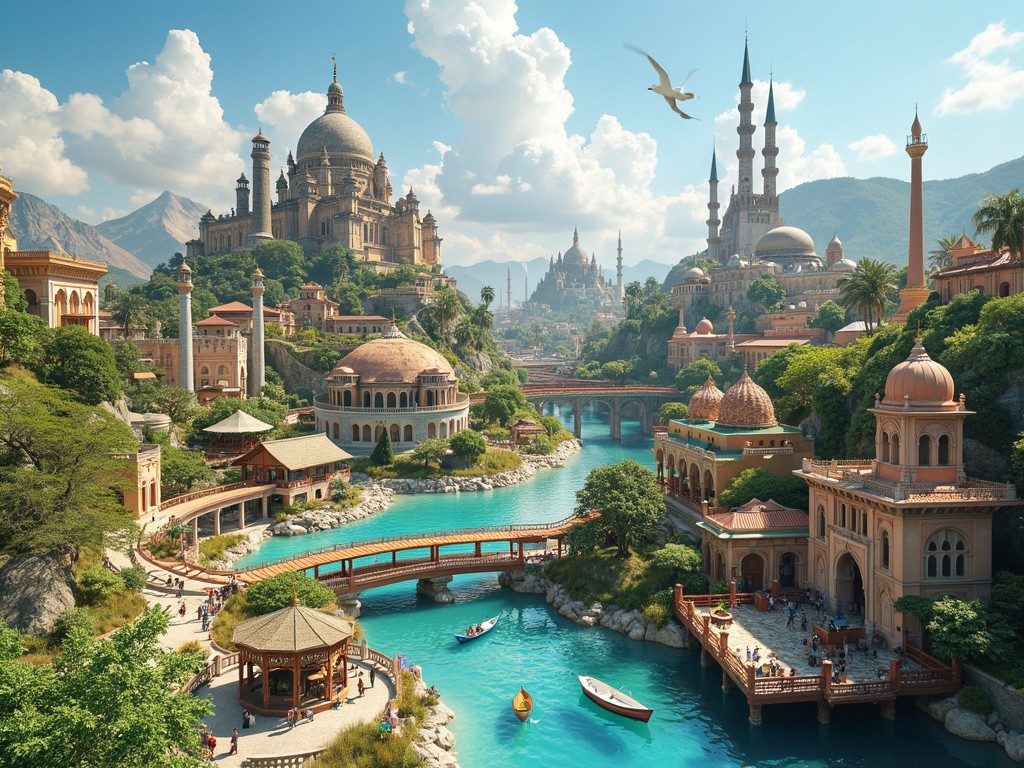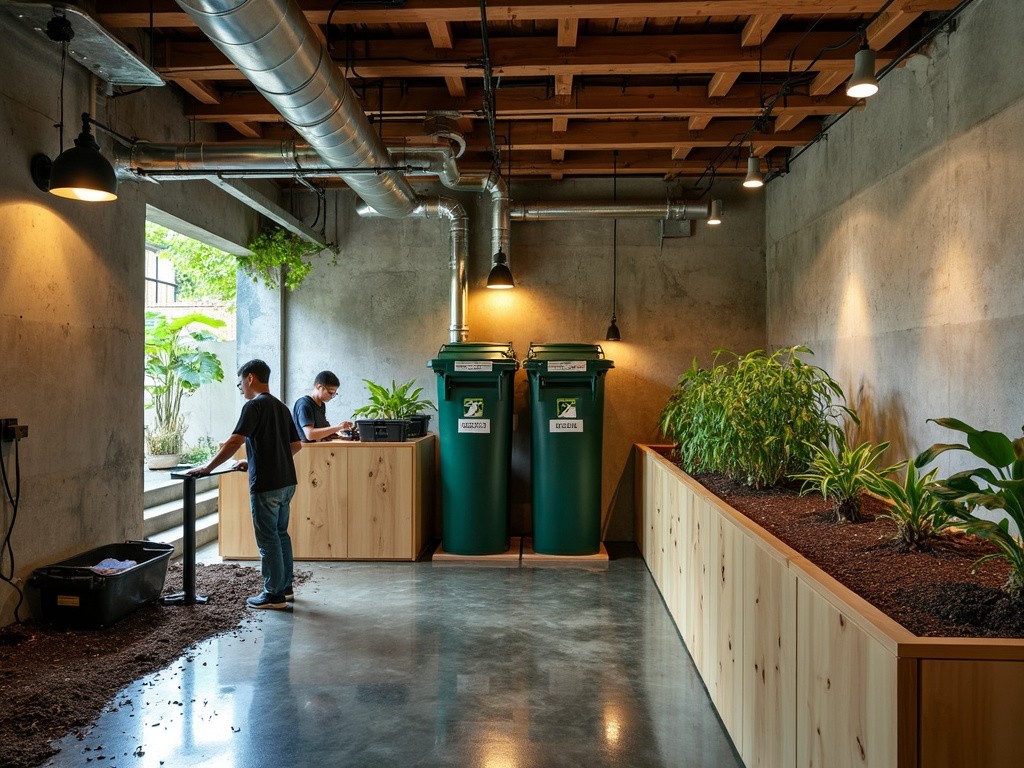In an era where wanderlust reigns supreme, the world's most captivating destinations find themselves caught in a bittersweet embrace. The allure of iconic landmarks and pristine landscapes draws millions, yet this very popularity threatens to erode the magic that makes these places special. Welcome to the age of overtourism, where success becomes a double-edged sword for destinations worldwide.

As travelers, we've all felt the frustration of battling crowds to catch a glimpse of the Mona Lisa or jostling for space on a once-secluded beach. But the ramifications of overtourism stretch far beyond mere inconvenience. Local communities grapple with skyrocketing living costs and cultural erosion, while delicate ecosystems buckle under the weight of too many footsteps. The very essence of travel – discovery, connection, and wonder – risks being lost in a sea of selfie sticks and tour buses.
Yet, hope is not lost. Across the globe, innovative minds are crafting solutions to preserve the world's treasures while still welcoming eager explorers. This new paradigm of sustainable tourism seeks to strike a delicate balance between growth and preservation, ensuring that the joy of travel can be shared for generations to come.
At the heart of this movement lies the concept of visitor management through quotas. While the idea of limiting tourist numbers may seem counterintuitive to an industry built on growth, success stories abound. Take Machu Picchu, for example. By implementing strict daily visitor caps and timed entry slots, Peru has not only protected its crown jewel but enhanced the visitor experience. Suddenly, those iconic vistas are no longer marred by throngs of tourists, allowing travelers to connect more deeply with the ancient site's mystique.

But quotas alone are not enough. The future of sustainable tourism lies in harnessing the power of technology. Imagine a world where real-time data flows between attractions, accommodating fluctuations in crowd levels and guiding visitors to less congested areas. Online reservation systems, once the domain of restaurants and hotels, are now being deployed for everything from national parks to city museums. These digital solutions not only manage crowds but empower travelers to plan smarter, more rewarding itineraries.
Of course, technology is just one piece of the puzzle. True sustainability requires a fundamental shift in how we approach tourism. The traditional model of cramming as many visitors as possible into popular spots during peak seasons is giving way to a more nuanced approach. Forward-thinking destinations are working to spread tourism throughout the year, developing off-season attractions and showcasing hidden gems beyond the usual hotspots. This not only eases pressure on overtouristed areas but creates a more diverse, authentic travel experience.
Equally crucial is fostering a culture of responsible travel. The informed, conscientious tourist of tomorrow understands their impact and seeks to tread lightly. This shift begins with education – not just of visitors, but of local communities as well. By empowering residents to become stewards of their own destinations, we create a powerful alliance in the fight against overtourism.
The economics of this new tourism paradigm are complex but promising. While some fear that sustainability measures might hurt profits, evidence suggests otherwise. Destinations that prioritize preservation often find themselves commanding premium prices and attracting high-value, repeat visitors. Moreover, governments are beginning to recognize the long-term economic benefits of sustainable tourism, implementing policies that incentivize responsible practices across the industry.

As we look to the future, adaptability will be key. Travel trends evolve rapidly, and strategies to combat overtourism must evolve with them. This requires ongoing collaboration between governments, industry leaders, local communities, and travelers themselves. By working together and remaining open to innovative solutions, we can ensure that the world's most beloved destinations remain vibrant, accessible, and awe-inspiring for generations to come.
The journey towards sustainable tourism is not without its challenges, but it is a path we must walk together. As travelers, we hold the power to shape the future of the places we love. By choosing responsible operators, respecting local cultures, and venturing beyond the beaten path, we become part of the solution. In doing so, we not only preserve the world's wonders but deepen our own connection to the transformative power of travel.
So, as you plan your next adventure, consider not just where you'll go, but how you'll go. Embrace the principles of sustainable tourism, and become a steward of the destinations that capture your heart. For in protecting these treasures, we ensure that the joy of discovery remains alive for all who dare to wander.
Related articles





